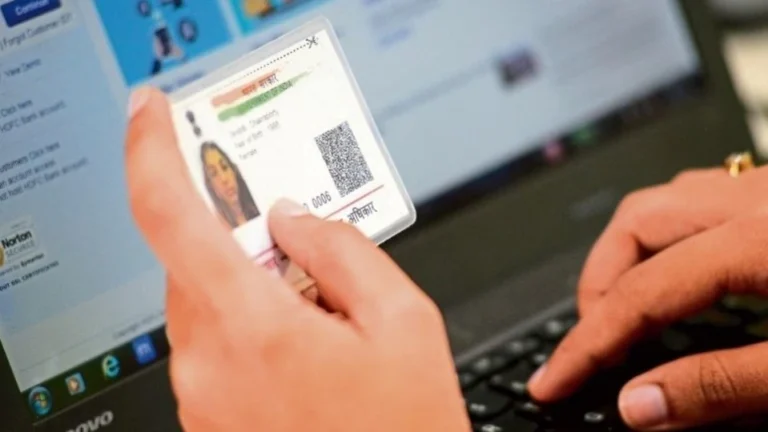Aadhaar, India’s twelve-digit unique identification number issued to its residents, has now become an essential identity proof. Every Indian resident can check their Aadhaar status online, making it a symbol of the country’s vast leaps in digitisation. However, as with all digital processes, there may be a few hitches that can make it challenging to check Aadhaar status online. This article provides practical solutions on how to resolve issues when checking your Aadhaar status.
Step One: Understanding The Process To Check Aadhaar Status
Before we go into troubleshooting, it is vital to understand how to check Aadhaar status. After a resident applies for an Aadhaar card, they can track its progress online using the 14-digit enrolment number issued at the time of application. They need to visit the official UIDAI portal, enter the enrolment number, along with the date and time of enrolment (also available on the enrolment slip), and click “Check Status”. If the Aadhaar card has been generated, the status will indicate this.
Step Two: Troubleshooting Common Issues
1. Lost Enrolment Slip: Enrolment slip is crucial to check Aadhaar status as it includes your Enrolment ID. If you have misplaced your enrolment slip, you need to retrieve your enrolment number through the UIDAI portal. Click on ‘Retrieve EID/UID’ under the ‘My Aadhaar’ tab. You will be required to enter your registered email ID or mobile number to receive an OTP, which will allow you to retrieve your Enrolment ID.
2. Incorrect OTP: If the OTP you receive does not work, ensure that you have entered it correctly, and it has not expired (it usually remains valid for 10 minutes).
3. Non-registered Mobile Number: To check Aadhaar status, the mobile number you provide should be the one registered at the time of your Aadhaar enrollment. If you did not have a mobile number registered or wish to change it, you would need to visit the nearest Aadhaar Enrolment centre.
4. Error Message: If there is an error message when you check Aadhaar status, try again after some time. There might be technical issues with the website or maintenance underway.
Step Three: Digital Aadhaar Card
Once the status shows that your Aadhaar card has been generated, you can download a digital Aadhaar card onto your device. This is an electronic copy of your Aadhaar card and can be used in place of a physically printed Aadhaar card. This digital shift has made it easy to always have a copy of important identity proofs on hand.
Even while checking your digital Aadhaar card status, you can face some issues like an incorrect password. Every downloaded Aadhaar (e-Aadhaar) is password protected. The password is an amalgamation of the first four letters of your name (in capital letters) and year of your birth, i.e., ‘NAMEYEAR’
Step Four: Contacting UIDAI
If the problems persist even after trying these solutions, you should contact the Unique Identification Authority of India (UIDAI) helpline. Their toll-free number (1947) operates 24×7 throughout the year, and they handle grievances or complaints related to Aadhaar. You can also send an email at help@uidai.gov.in.
Checking the Aadhaar status should ideally be a straightforward process. However, encountering issues while doing so is entirely possible. Understanding how this process works, being aware of potential problems, and knowing their solutions can help residents greatly. The digital Aadhaar card has made it even more convenient for residents to keep their necessary identification handy at all times.
With every passing day, India is becoming more and more digital, and the Aadhaar card process is a clear example of this. While issues may arise, it is important to remember that all problems have a troubleshooting counterpart, providing a seamless experience for residents to check Aadhaar status and utilise their digital Aadhaar card to its full advantage.


